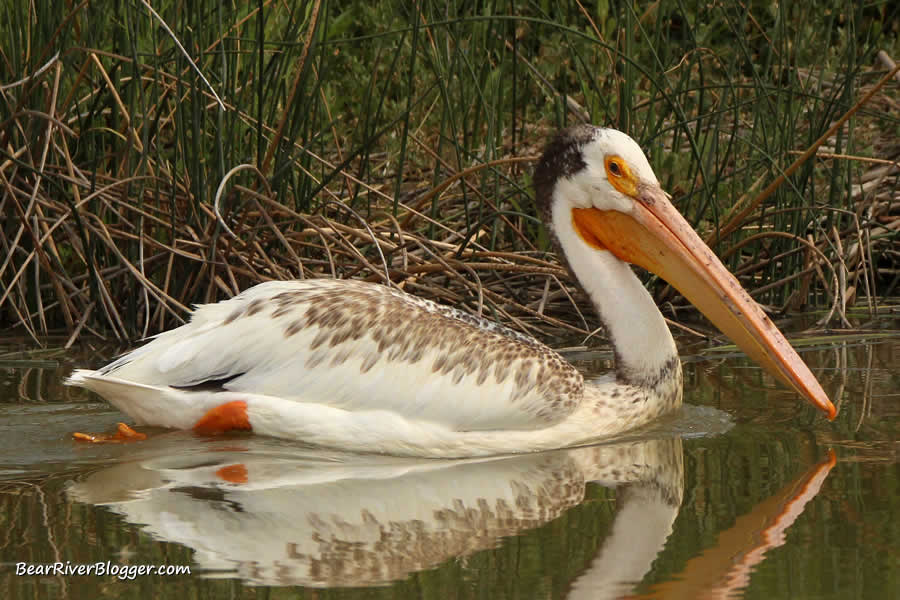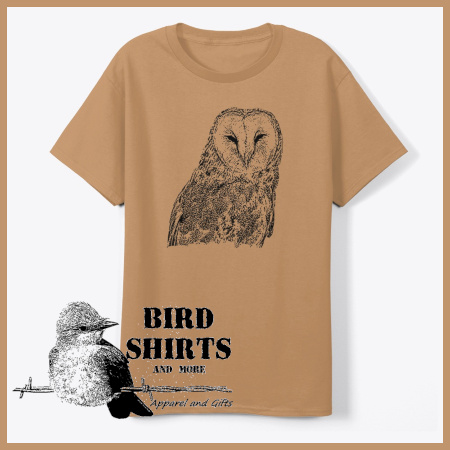It’s been a hot summer here in Utah this year, so much so triple-digit temperatures seem to be the norm now.
Today, despite the relentless scorching temperatures, I decided to brave the heat and take a quick drive around the Bear River Migratory Bird Refuge auto tour route for an impromptu birding trip.
I will say upfront, it was one of the worst summer birding trips I have ever had on the refuge. And as a longtime supporter and huge fan of the refuge, that pains me to admit.
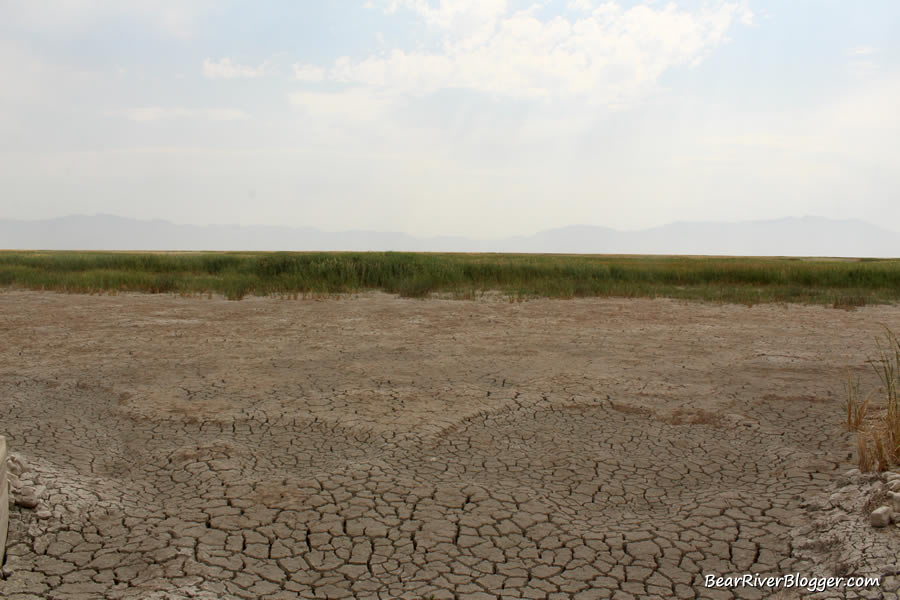
But when I started this blog, I decided I would not sugarcoat anything and just report what I saw, both good and bad. Well, today is one of those days I don’t have a lot of good to report, unfortunately.
Much of the auto tour route habitat is now dry and quite bird-less and has been for a while now this summer.
There is, however, some water in the south portion of the unit, giving way to a few birding opportunities, including great blue herons, great egrets, snowy egrets, black-necked stilts, white-faced ibis’s, American avocets, western grebes, and a few very large flocks of pelicans off in the distance.
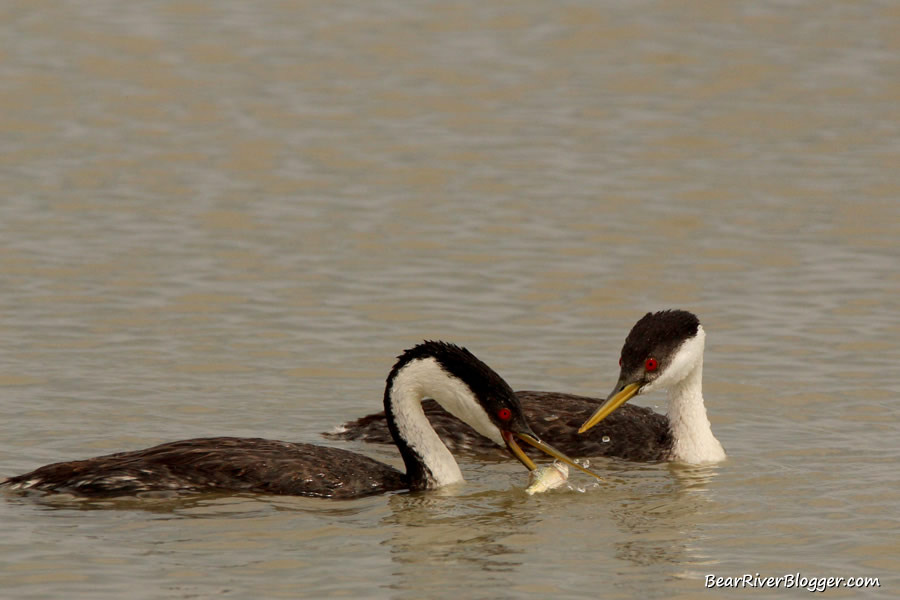
But until you reach the midway portion of the western auto tour dike where the water starts, you really don’t see much in the way of birds due to the lack of water and prevailing sun-scorched earth.
This is the result of the severe drought conditions the western United States is experiencing. Water is in very short supply and getting worse as the dog-days of summer march on.
The Bear River Migratory Bird Refuge relies solely on water from the Bear River drainage, and much of that water is allocated to irrigation, agriculture, industrial, and municipal purposes as the river winds through portions of Utah, Wyoming, and Idaho, leaving only what’s left to reach the refuge and the adjoining Great Salt Lake.
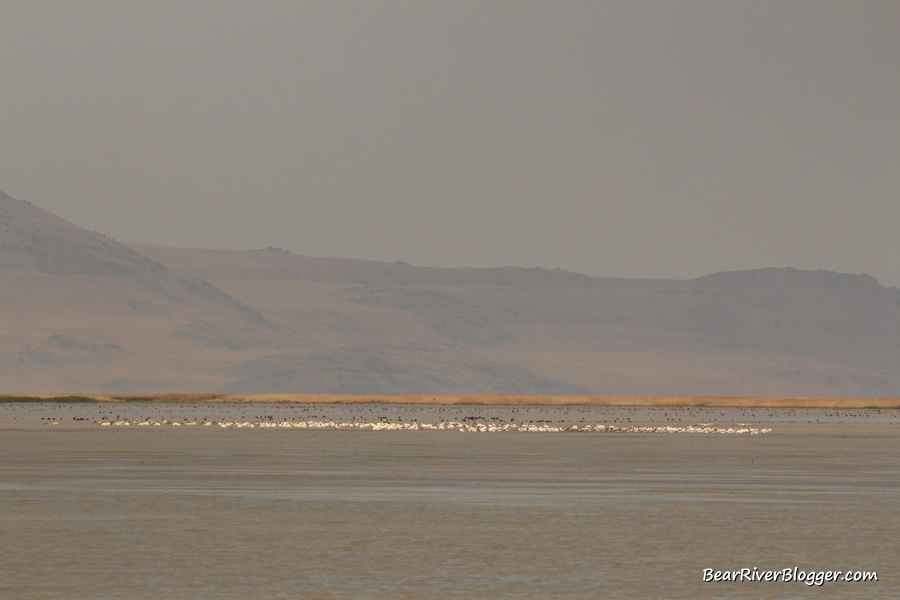
When less water reaches the wetlands of the Bear River Bird Refuge, less habitat is able to grow, and fewer birds are around for us to enjoy. Simply put, less water means fewer birds.
In the many years I have been coming to the Bear River Migratory Bird Refuge, I have never seen it so dry and so vacant of life. Even the numerous butterflies I usually see during the summer out on the auto loop are far and few between.
Let’s hope for a wet winter here this year, not only in Utah but all over the western United States, to help end this drought.
In addition to getting back to normal precipitation levels, I hope this is a wakeup call to encourage a different approach to how we view, value, and use water here in the west if we are going to keep places like the Bear River Bird Refuge and the Great Salt Lake around for future generations of bird watchers to enjoy.
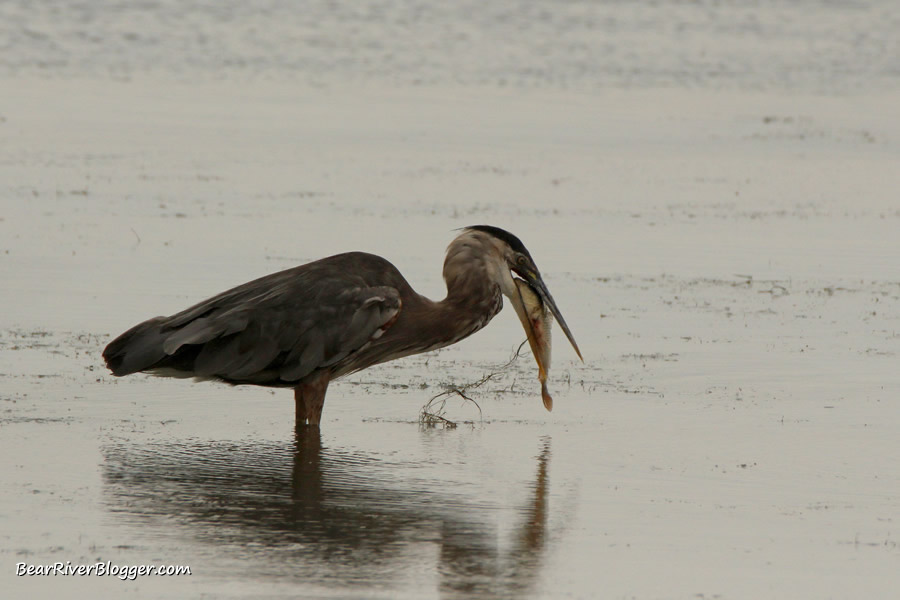
As a bird watcher and nature geek, I hate seeing places like the Bear River Bird Refuge and the adjacent Great Salt Lake dry up like they both are doing. Natural places such as these give us all a respite from the stress and pressure of everyday life, something we all need at times.
There is a value in nature no economist or politician has been able to calculate, but it is there. You just feel it when you are visiting such places and it rejuvenates your very soul.
But the problem is since there is no way to truly calculate the value of such natural wonders like the Bear River Bird Refuge, competing demands for vital resources, like water, is given to entities that do have a calculated value, and places like the refuge end up with little in the end.
In short, society needs to put a higher value on nature if we are going to have it around for future generations to enjoy.
Nature has a benefit to society, a big one, in fact, but one that can’t fully be calculated per se, so it is a lopsided fight when resources are scarce and they are allocated to where the perceived best benefits to society are.

Well, I could literally spend hours talking about the economics of nature, and maybe someday I will get into it a bit more as I have a college degree relating to that field of study.
But for now, let’s hope this drought ends soon, not just for the wildlife but for all who are affected by it. Many farmers and ranchers are getting hit especially hard from the drought and lack of irrigation water, which affects us all in the long run when we go to the grocery store.
I do appreciate your readership and thank you for subscribing to my blog.

